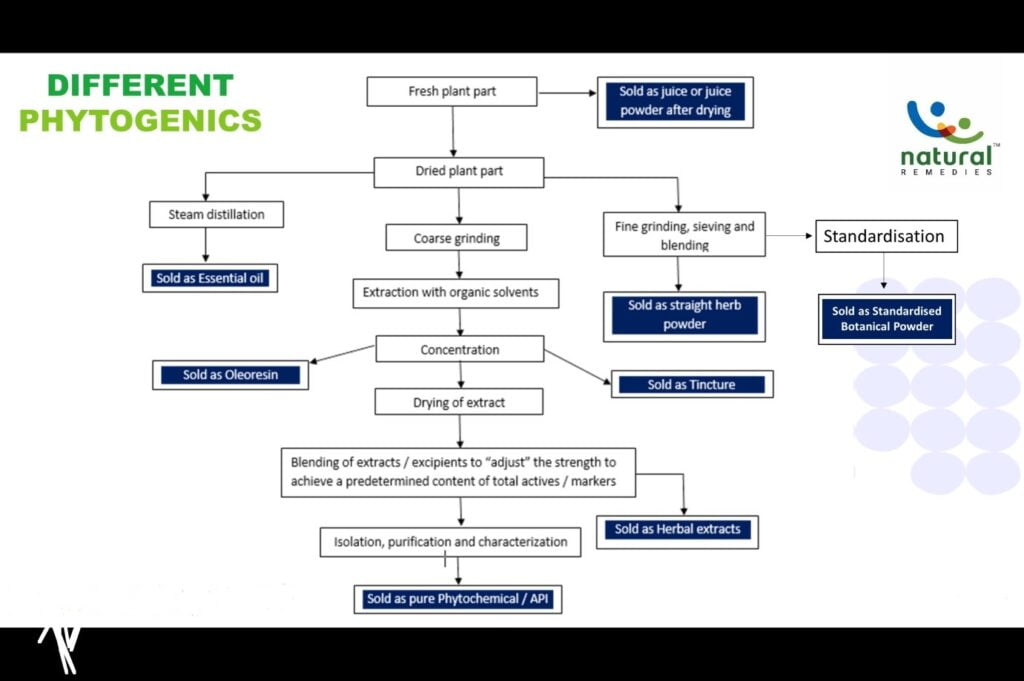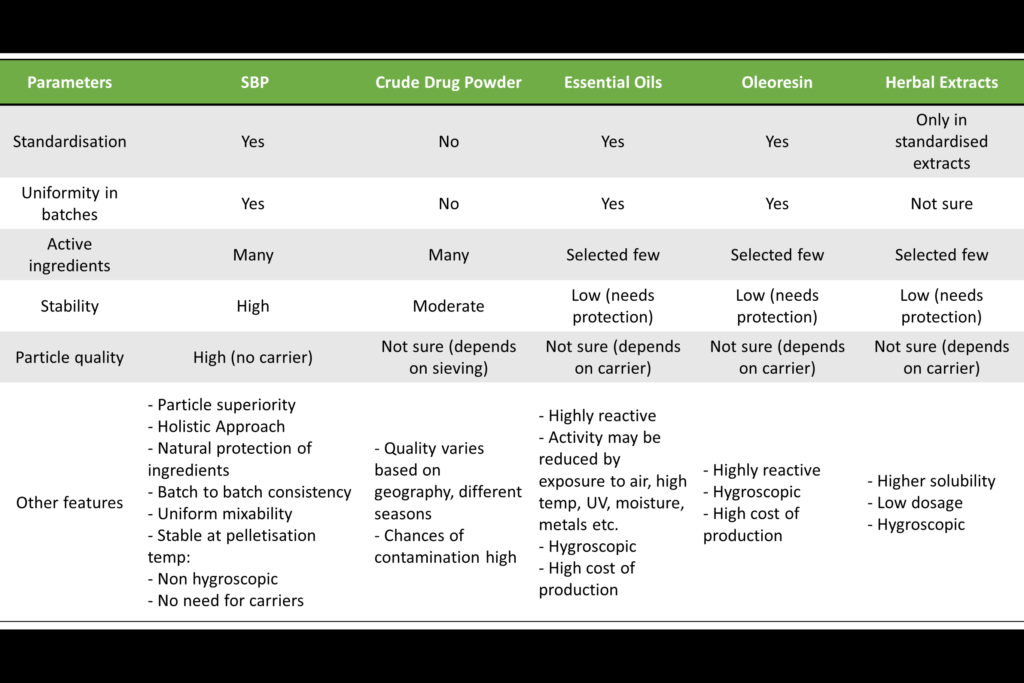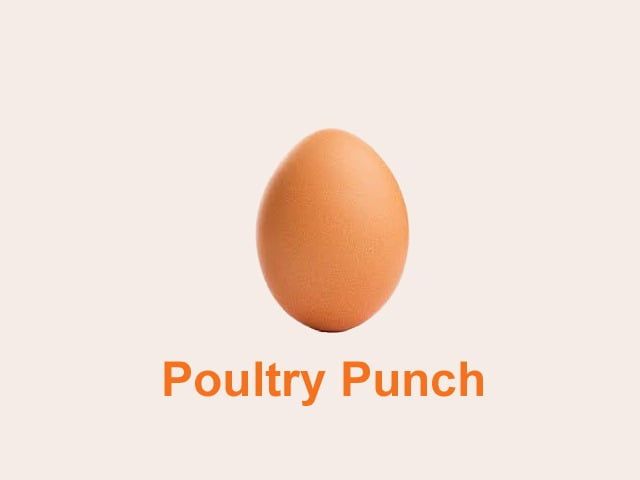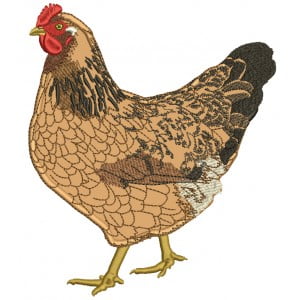What? Why? And How? Of Standardized Botanical Powders

Dr. Raina Raj
Marketing Head Natural Remedies Pvt. Ltd.

The phytochemical “fingerprint” of a particular species of plants can vary drastically depending on the age of the plant, soil conditions, weather conditions, farming practices, time of harvest, geographical location, post-harvest processing, and many other factors, leading to inconsistent results of the final herbal products. The solution to this is by standardization of the product during manufacturing. Our intention through a series of articles is to provide evidence on what is? And why is it? There a mandatory need for standardization of herbal powders to ensure high efficiency and consistency in each batch. This article series will take the readers through a journey of rigorous standardization process of standardized botanical powders (SBPs) that begins at the grass-root through the procurement of raw material by supervised contract farming or other means; assurance of evidence-backed consistency in quality until its packaging before reaching the end-user. The current article shall provide in-depth knowledge orgof what SBPs are; and their benefits in the poultry diet?
What are Standardized Botanical Powders (SBPs)?
Standardized Botanical Powders (SBPs) are herbal powders whose specific phytochemical active concentrations are standardized with minimal variation, to ensure efficient phyto-active function in the animal’s body. Through standardization of botanical powders, the product can be monitored for consistency and it provides the expected results in the animals.
Processing of Standardized Botanical Powders
Botanicals are processed in different ways as shown in Figure 1 depending upon the end-use and also, sometimes, depending on the inherent nature of the botanical itself. Let us take the example of Withania somnifera known as “Ashwagandha” in Ayurveda; the phyto-actives are present in its roots. The dried roots are powdered finely to produce Ashwagandha straight powder. This powder is then standardized with reference to the phytochemical markers chosen; this would also be the constituent that is responsible for its botanical effect in the body. The standardization process of the phytochemical assures consistency in its biological effects in each batch, and these are referred to as SBPs.

Why are SBPs a more holistic way to approach phytochemical supplementation?
Phytochemicals like alkaloids, terpenes, phenolic compounds, and flavonoids are produced by the plants for self-defence and are stored in a specialized organelle known as the vacuole, which is encapsulated by a membrane known as tonoplast (Figure 2). Once the SBP is fed to the animal, the tonoplast disintegrates in the gut of the animals, which in turn releases the phytochemicals present in it. The natural encapsulation that nature provides to plants to protect its phytochemicals is preserved during manufacture. This ensures optimum phytochemical delivery to the animals.

How are the Standardized Botanical Powders different from botanical extracts?
The SBPs are simple straight powders of the botanical plant part which have scientific evidence of health benefits associated with their use. Unlike extracts, the manufacturing of SBP does not involve any extraction, elimination, or concentration of individual components. They can be used as functional food ingredients just as the herbal extracts are used. Generally, SBPs require larger oral doses to attain the health benefits. Extracts are often preferred only when the volume of the oral dose is an issue. Technically the SBPs are as good as extracts because the extracts are produced from the same herbs.

Biological advantages of using SBP
1. SBPs have multiple modes of action with a systemic effect on different organ systems in a synergistic manner, due to different composite of phytochemicals inherently present in them. SBPs show synergistic and/or additive effects due to a composite number of phytochemicals in them.
2. SBPs contain high fibre content that provides several benefits, in digestion and feed absorption. They are also useful to the gut microflora.
3. The raw materials for SBPs are produced by supervised, responsible, and sustainable farming, to assure good quality. Hence, we possess the capability to trace them back to their origin up to the supplier level.
4. Secondary metabolites (the potent phytochemicals) are present in their natural packaging, known as the tonoplast.
5. SBPs are assessed for their physical properties such as particle size, for uniform mixing; Thermo-stability at 120°C for 5 minutes at 15 psi pressure; chemical consistency from batch to batch; and microbial analysis for safety.
6. SBPs are manufactured with the holistic principles of Ayurveda and modern scientific technologies.
Currently marketed SBPs contain a combination of botanicals, whose desired phytochemicals are standardised to give specific biological effects in the animals. In the next issue, we shall discuss how an SBP comes into being, titled “to be or not to be an SBP”.





